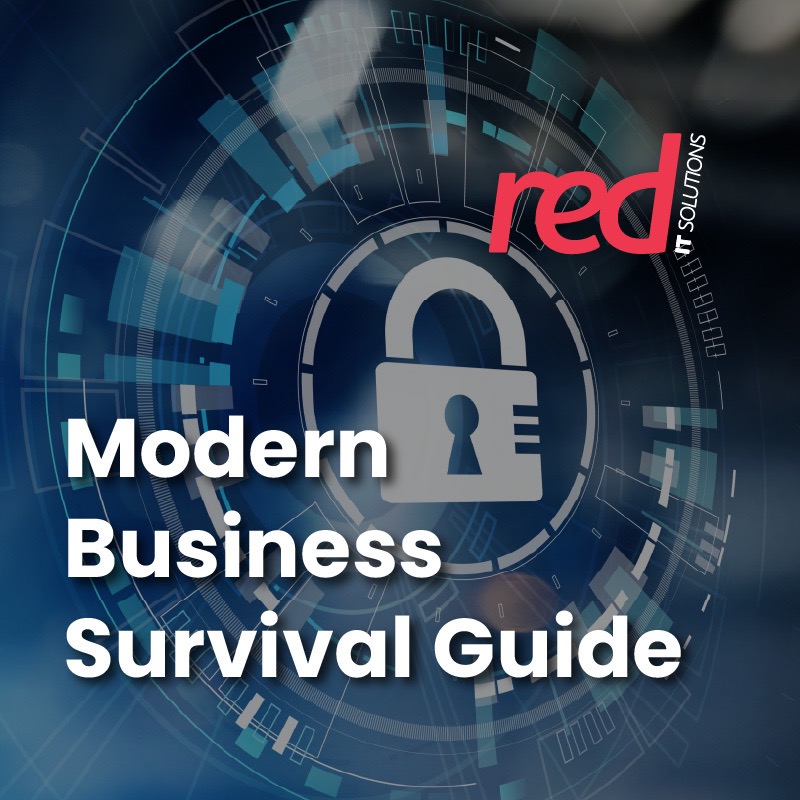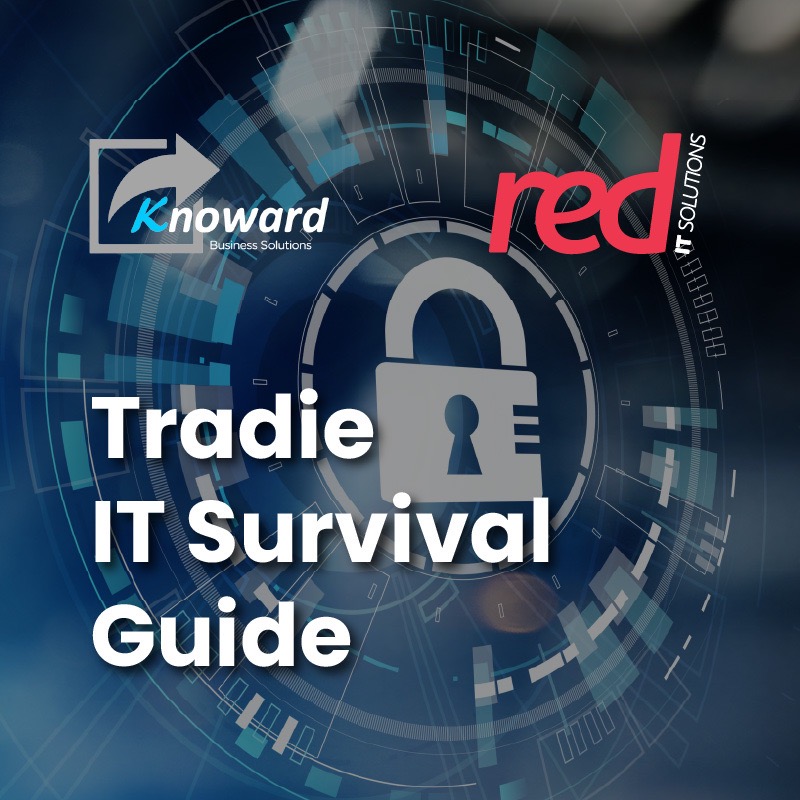
The mornings are darker, the evenings are colder, and June marks the official start of winter. It’s the time of year when businesses prepare for seasonal slowdowns, mid-year reviews, and planning for the second half of the year.
But while you’re busy focusing on internal operations, there’s a hidden risk creeping in from outside your business—your supply chain.
We’ve talked about building a strong IT foundation, protecting against downtime, and defending against cyber threats. But what if your biggest security risk isn’t inside your business—it’s one of your vendors, suppliers, or partners?
🚨 More than 60% of cyberattacks now involve a third-party vendor.
🚨 One weak link in your supply chain can put your entire business at risk.
🚨 Most companies don’t monitor supplier IT security until it’s too late.
In this month’s Modern Business Survival Guide, we uncover why your supply chain is one of your biggest IT vulnerabilities—and what you can do to protect your business.
—
Your Business is Only as Secure as Your Weakest Vendor
Many businesses focus heavily on their own cybersecurity, IT infrastructure, and data protection—but what about the businesses you rely on?
Think about it:
💳 If a third-party payment processor is breached, your customer data could be exposed.
📦 If a supplier suffers a cyberattack, it could disrupt your deliveries, projects, or operations.
📧 If a vendor’s email is hacked, attackers could impersonate them to trick your employees into paying fraudulent invoices.
This isn’t theoretical—it’s happening right now.
Example: In 2023, a major cyberattack on a global payroll provider led to delayed salary payments for thousands of businesses worldwide. The company itself wasn’t attacked—but its vendor was.
If your business depends on suppliers, software providers, contractors, or external IT services, their vulnerabilities can become your vulnerabilities.
—
The Most Common Supply Chain IT Risks
Supply chain attacks come in many forms, but here are three of the biggest threats businesses need to watch for:
1️⃣ Third-Party Data Breaches – Your Customer Info at Risk
• Many businesses store customer data with third-party providers (CRMs, cloud storage, payment systems).
• If one of these providers is breached, your customers’ sensitive data could be stolen—even if your own systems were secure.
• What to do: Regularly review which vendors have access to your data and ensure they have strong security measures in place.
2️⃣ Vendor Email Compromise – The Invoice Scam That Costs Millions
• Attackers hack into a supplier’s email account, monitor conversations, and then send fraudulent invoices disguised as legitimate.
• Businesses unknowingly transfer money to the hacker’s account, believing it’s their real supplier.
• What to do: Implement strict financial controls (e.g., always verifying payment details via phone before transferring large sums).
3️⃣ Software Supply Chain Attacks – When Updates Contain Malware
• Hackers compromise software providers and inject malware into updates, affecting every business that installs them.
• This happened in the SolarWinds attack, where hackers compromised an IT monitoring tool, infecting thousands of companies worldwide.
• What to do: Keep software updates controlled and ensure your vendors use strong security practices.
—
How to Reduce Your Supply Chain IT Risks
Many businesses assume they can’t control what happens outside their own network—but you can take steps to protect yourself.
🛡️ 1. Assess Vendor Security Before Signing Contracts
• Don’t assume vendors have strong cybersecurity—ask for proof.
• Ensure vendors meet industry security standards (e.g., ISO 27001, SOC 2, Essential Eight).
• Require vendors to have Multi-Factor Authentication (MFA) and encryption in place.
🔎 2. Continuously Monitor Vendor Security (Not Just Once a Year)
• Cyber threats evolve—a vendor that was secure last year may not be today.
• Schedule regular reviews of vendor security policies.
• Use vendor risk management tools to track potential threats.
📜 3. Create a Strong Vendor Agreement with Clear Security Expectations
• Your contracts should include specific security requirements for vendors.
• Require vendors to notify you immediately if they suffer a breach.
• If your vendor has weak security practices, consider alternatives.
⚠️ 4. Train Employees to Spot Vendor-Based Cyber Threats
• Ensure staff are trained to recognise fake invoices, phishing emails, and impersonation scams.
• Encourage verification of any unexpected financial request before processing payments.
• Implement financial security controls, such as requiring multiple approvals for high-value transactions.
🛠️ 5. Develop a Contingency Plan in Case a Vendor is Breached
• Have a business continuity plan that includes what to do if a critical vendor is hacked.
• Consider backup suppliers or alternative service providers for key business functions.
• Ensure your own data is backed up separately from vendor systems.
At Red IT Solutions, we help businesses evaluate their IT risks—including supply chain vulnerabilities—so they don’t get caught off guard.
—
Are Your Vendors Putting Your Business at Risk?
🔍 Do you know what cybersecurity measures your key vendors have in place?
🔍 Do you have a process for verifying supplier payment requests before transferring money?
🔍 If one of your IT service providers was hacked today, would it affect your business?
If you’re not sure about any of these, now is the time to act—before a vendor’s mistake becomes your problem.
At Red IT Solutions, we help businesses develop supply chain security strategies, so you’re not left exposed to third-party risks.
—
Next Month: IT as a Business Enabler – How the Right Tech Gives You a Competitive Edge
We’ve spent the first half of this year covering risks, threats, and IT failures. But what if IT wasn’t just about preventing problems—what if it could actively drive your business forward?
Next month, we shift gears and focus on how businesses can use IT as a strategic advantage—not just a support function.
Because technology isn’t just about fixing problems—it’s about unlocking opportunities.
Until then, stay smart, stay secure, and don’t let someone else’s weak security become your business’s biggest risk.




